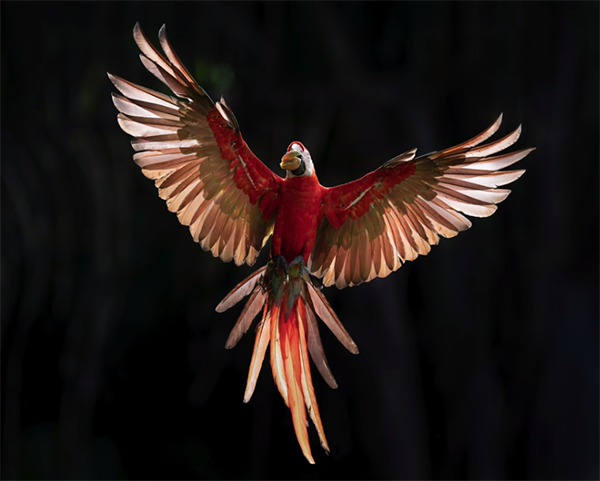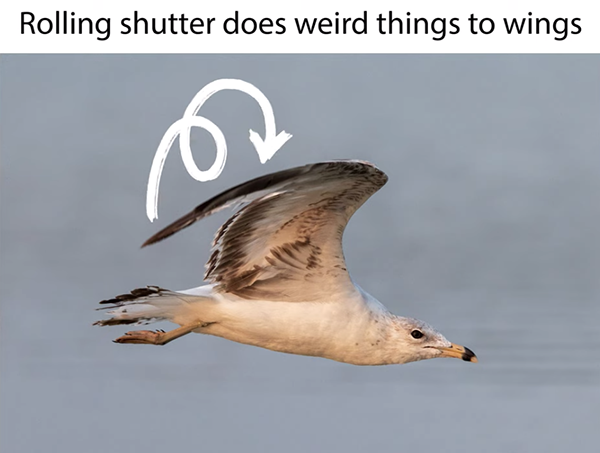Choosing the Best Frame Rate for Sharper Wildlife Photos & More Keepers (VIDEO)
Choosing the optimum frame rate (fps) is a no-brainer when shooting in the field, right? You use the fastest setting available for subjects in motion, and back it off with statics subjects. Well, there’s more to it than that as you’ll see in the tutorial below from the Backcountry Gallery YouTube channel.
Instructor Steve Perry is an accomplished pro, specializing in nature, landscape, and wildlife photography. In this episode he reveals his secrets for selecting the optimum fps in various situations. He puts it like this: “Leveraging it the right way can unlock a flood of extra keepers and sharper photos.”
Perry covers a lot of ground in just 12 minutes, so you may want to take a few notes. He discusses the best settings for wildlife photography, the implications for sharper images, and how to handle sorting your images when shooting at a fast rate. He also poses this question, “do you need a high fps for static subjects?”—and you’ll be surprised by his answer.

According to Perry, who has strong opinions on these matters, “with the current generation of cameras I’m a peg-the-needle guy when it comes to wildlife photography.” He says that he typically uses the maximum “no compromises” frame rate.
Perry admits that throttling the frame rate may be of concern to those whose cameras offering 20fps or more, but the advice in the video is equally appropriate for those with slower models. His overall emphasis is how to determine the maximum frame rate you can use “without making some sort of compromise in image quality.”
One important consideration is that some cameras require you to use a lower-quality file format when choosing the highest fps setting, i.e. Jpeg instead of Raw. In other cases you may have to shoot at a lower resolution than if you dialed back the frame rate. There’s also a concern when using mirrorless cameras that are subject to “rolling shutter”—which is why the mechanical shutter in those cameras is a better choice than the electronic shutter when photographing movement.

Perry goes into detail on these and other key issues, including the matter of setting the right fps for static subjects. He also notes a few pitfalls to avoid and how to achieve fast-and-precise focus for whatever task you confront.
Shooting at fast frame rates means you’ll capture a high volume shots, making it a chore to sort through the all the images on the computer. To that end Perry concludes the video with some very helpful tips for facilitating the culling process and getting you back out in the field as soon as possible.
After watching the video take a look at the Backcountry YouTube channel where you’ll find a wealth of great tips for shooting and editing wildlife, nature, and landscape images.
And don’t miss the tutorial we posted earlier demonstrating another pro’s favorite techniques for shooting wildlife photos with maximum impact.




